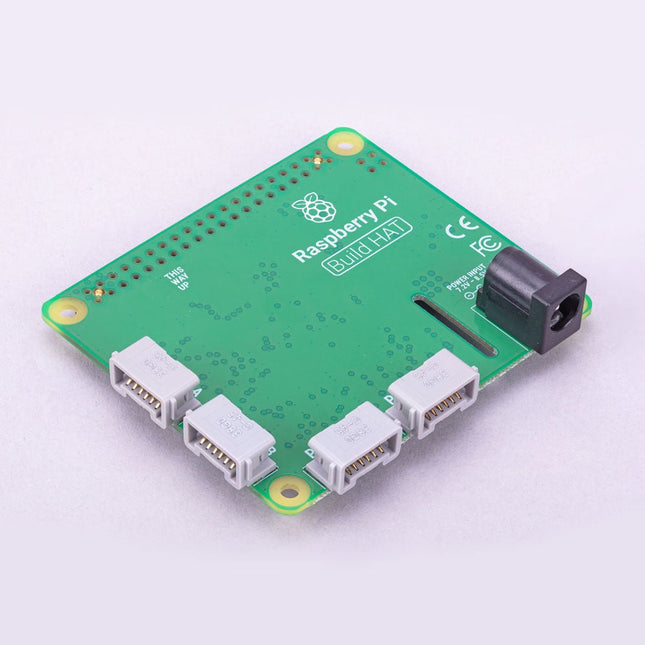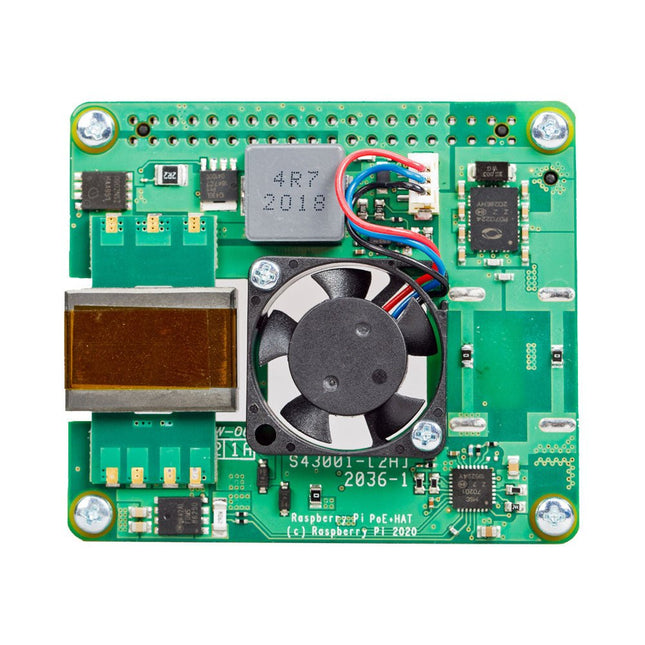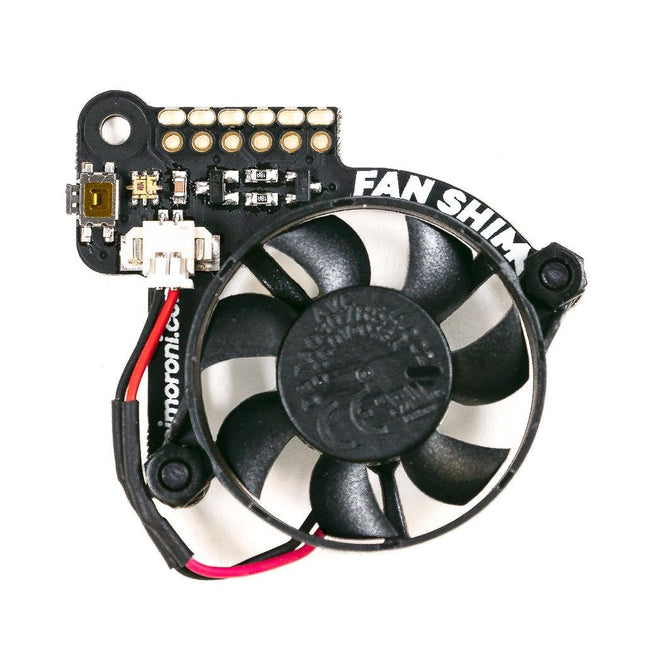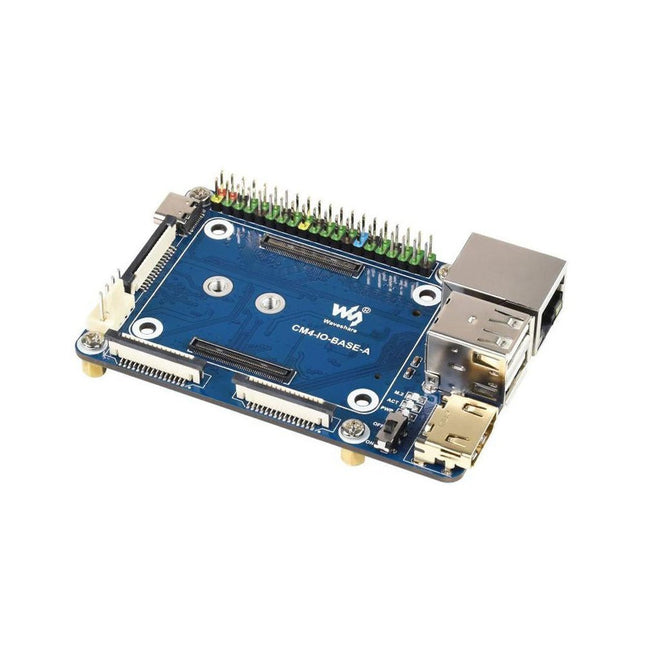The fact that Raspberry Pi computers are extremely popular is evident from the 34 million units sold. But that the Pi computers and technology even into space reaching, is probably new to you.
What is a Raspberry Pi HAT?
Raspberry PI HATs (Hardware Attached on Top) are an add-on module for your standard mainboard. If you want to get more out of your Raspberry projects, HATs are exactly what you are looking for. You can easily plug in the HATs thanks to the 40-pin GPIO header. This not only expands the hardware, but also the possibilities you have with that hardware. If you want to get more out of the Raspberry Pi, HATs are indispensable.
Before the introduction of the HAT in 2014, many hardware add-ons had already been developed for the mini computers. This was the reason for Raspberry to develop its own standard that should make it easier for makers and programmers.
Because connecting external hardware to the Raspberry Pi involved quite a few actions, this is a thing of the past with the arrival of the HAT. The HAT ensures that the correct driver is automatically recognized, loaded and connected.
What can you use Raspberry Pi HATs for?
The possibilities of Raspberry Pi's technology and hardware were already great, but since the introduction of HATs in 2014, these have become even greater. Anyone who expands their Raspberry mainboard with a HAT has, in addition to the standard functionalities of their Pi model, also
- Get more audio options
- Get more display options
- Or more Motor & Get servo capabilities
With Elektor HATs you can combine endlessly and make your project better, easier and more user-friendly.
The Raspberry range at Elektor
As an approved reseller of Raspberry Pi products, Elektor is the webshop in the Netherlands to buy official Raspberry products. Because there is no intermediary between the factory and our webshop, we can offer our range at cheap prices.














